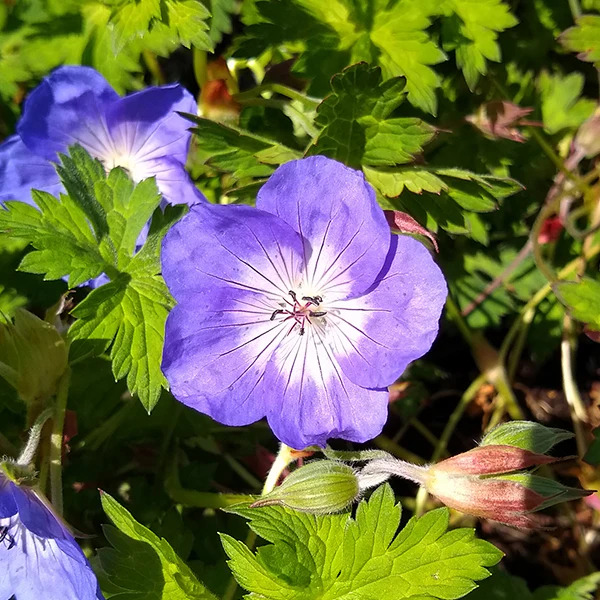Best Japanese beetle repellent plants – 7 plants to grow to keep these destructive pests away
Protect your fruit, florals and lawn by growing some of these plants for a natural defence against these pests

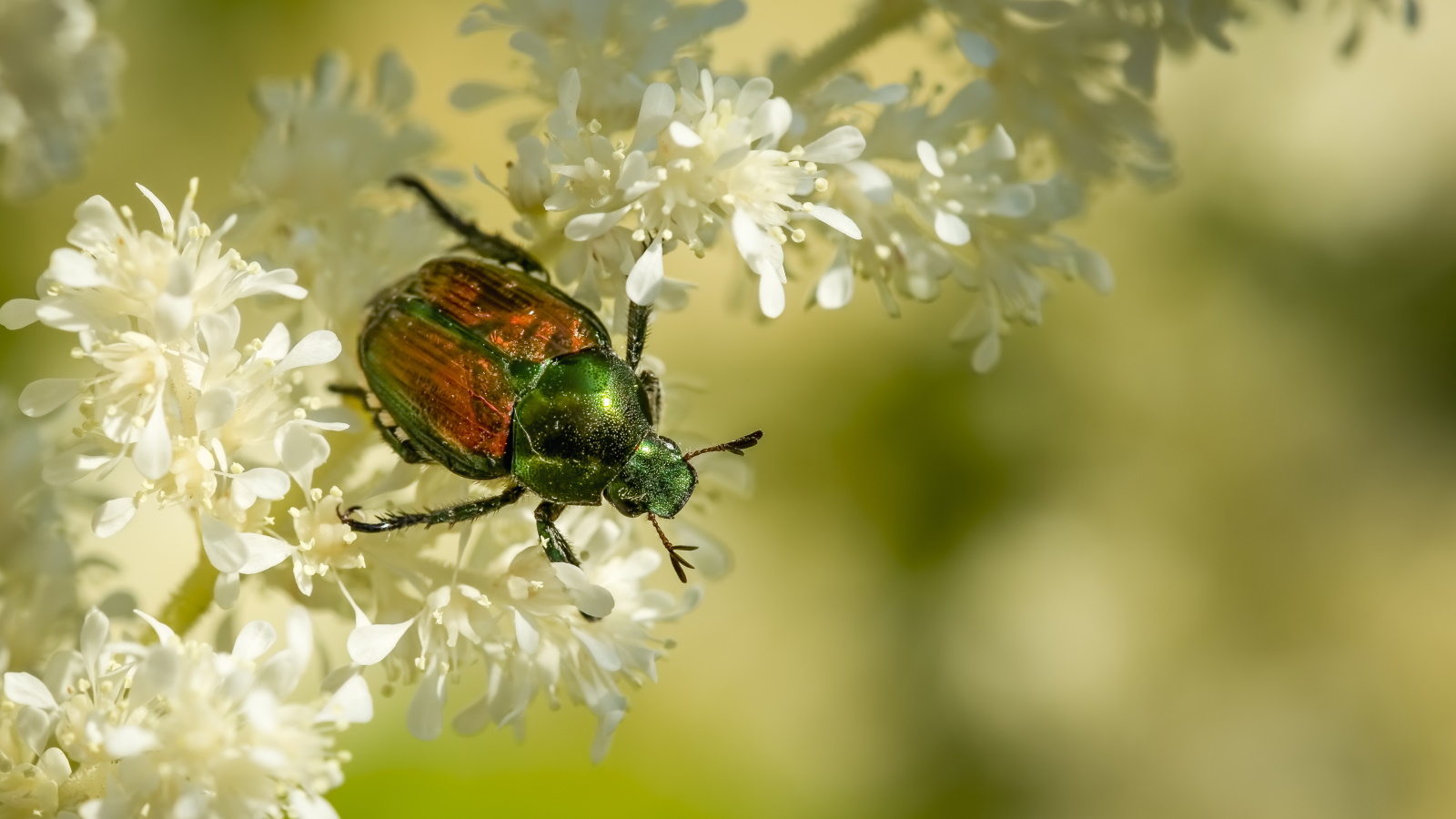
If you're noticing patches of brown lawn, dying plants in one area of your garden or damage to your fruit trees, your yard might be home to Japanese beetles. These small critters will eat away at fruit, foliage and even plant roots once they get comfortable among your plants.
As their name indicates, these beetles are native to Japan and were first found in the US in the late 1960s. They can now be spotted throughout eastern US states, where their larvae feed on roots in the ground and adult beetles munch on mature leaves and fruit. That's why many gardeners choose to kill Japanese beetles if they find a large population in their yard.
Japanese beetles tend to come out from June to August, so it can be wise to get ahead and put some precautions in place to keep them away. The good news is that just like tick-repellent plants and slug repellent plants, there are so many plants that will naturally repel Japanese beetles. Here are our top picks with expert tips to grow them successfully.
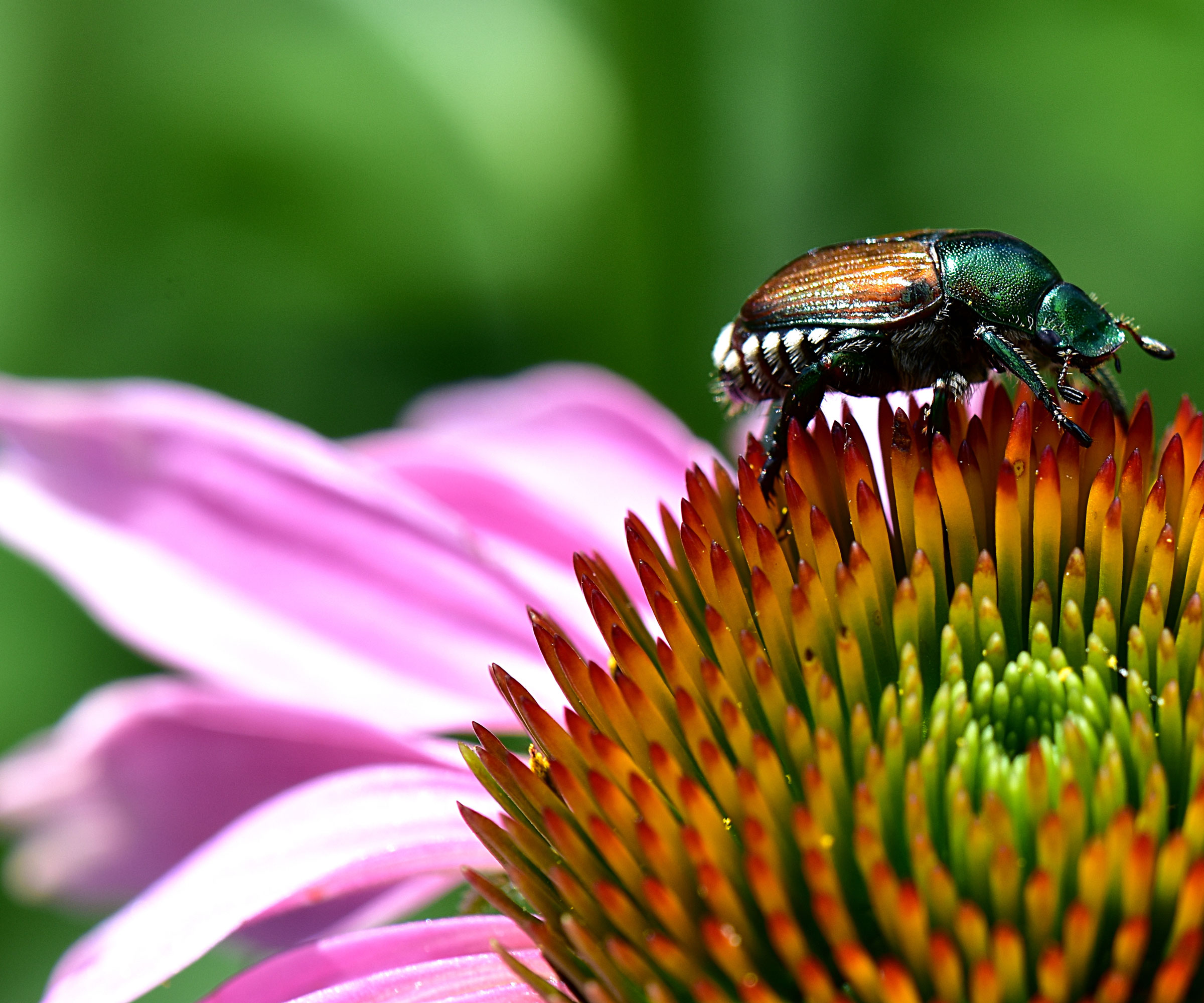
7 of the most effective Japanese beetle repellent plants
Discovering there are pest-repellent plants can be a lifeline for gardeners struggling with a wide range of pests. Japanese beetles in particular struggle with strong scents and tougher foliage, opening up a wide range of opportunities to include beautiful and effective repellent plants in your yard. Here are our top 7 choices to get you started.
1. Anise hyssop

If you've delved into the world of growing unusual herbs, you might have already come across the unique scent of anise hyssop, or Agastache foeniculum. With its purple, cone-shaped flowers and licorice-flavored leaves, anise hyssop is certainly a special herb to have in your herb garden - plus, Japanese beetles can't stand its smell. It is also known by another name, hummingbird mint, due to its popularity with these native pollinators. So, for a wildlife magnet and pest-repellent plant, this is a great option.
'The licorice-scented foliage is unappealing to these pests,' says Jana McDaniel, pest control expert and founder of First Saturday Lime. 'Plant anise hyssop in well-draining soil and ensure it gets full sun to partial shade. Regular watering is essential, especially in dry periods, to keep the plant healthy and robust,' she adds.
Anise hyssop will grow well across US hardiness zone 4 to zone 8, and you can grow it from anise hyssop seed, available at Walmart.
Design expertise in your inbox – from inspiring decorating ideas and beautiful celebrity homes to practical gardening advice and shopping round-ups.
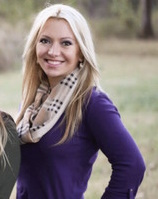
Jana is a garden expert and founder of First Saturday Lime, an eco-friendly pest control company. She has grown up tending to gardens and animals and now advises on gardening matters.
2. Chrysanthemums

It's a well-known fact that chrysanthemums deter ants and other bugs, and Japanese beetles are no exception. These flowers contain a chemical called pyrethrin which is a natural insecticide.
'It will target the beetles’ nervous system and kill them shortly after contact,' explains Mariah Baggio-Deibler, pest control expert from Pest Master.
Creating a repellent border by growing chrysanthemums is a great way to deter Japanese beetles away from your yard. 'Chrysanthemums should be planted around your home or garden strategically as they require at least 5-6 hours of direct sunlight, well-drained, fertile soil and regular watering to be grown and maintained,' notes Mariah.
They grow best across US hardiness zone 5 to zone 9, and you should take care to deadhead them after flowering to keep chrysanthemums blooming for longer. Grow them from seed with these chrysanthemum seeds from Amazon.
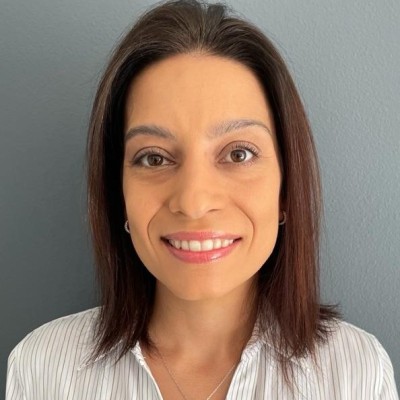
Mariah is a pest control expert at Pest Master with over a decade of industry experience.
3. Garlic
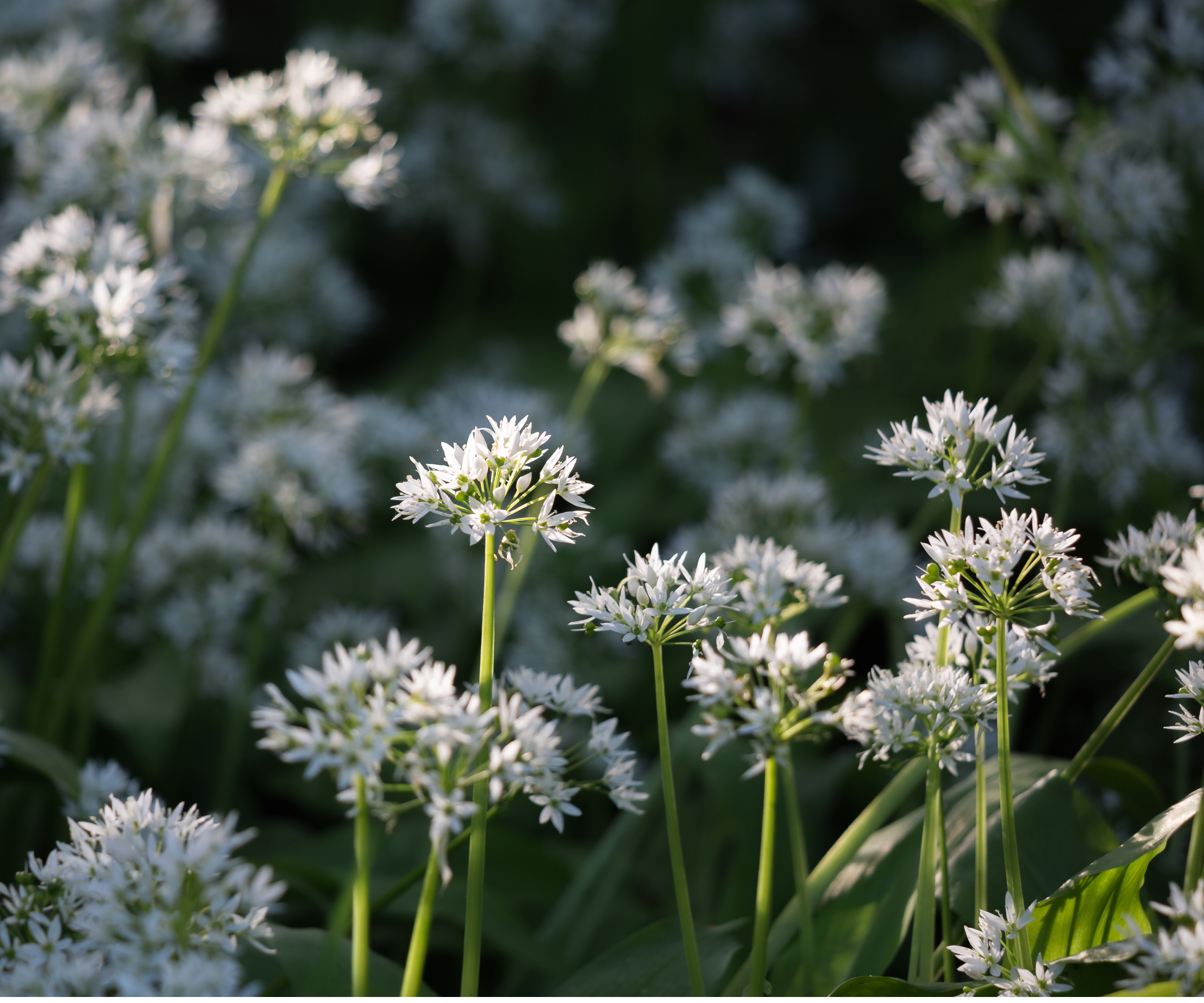
For other ways to create a fragrant garden that Japanese beetles can't handle, trying growing garlic. The intense smell of this crop will keep pests away, while offering charming flowers.
'The pungent sulfur compounds in garlic, such as allicin, act as a natural insecticide,' says Jana. 'Planting garlic in the fall will give the bulbs time to establish roots before winter, leading to a more effective beetle barrier in the spring and summer,' she adds.
It's also possible to grow garlic in pots so that you can move them to exactly where you want your Japanese beetle-repellent barrier to be.
Outdoors, garlic grows best in US hardiness zone 2 to zone 6 but you can also grow garlic indoors at nearly any point in the year with these garlic bulbs from Amazon.
4. Geraniums
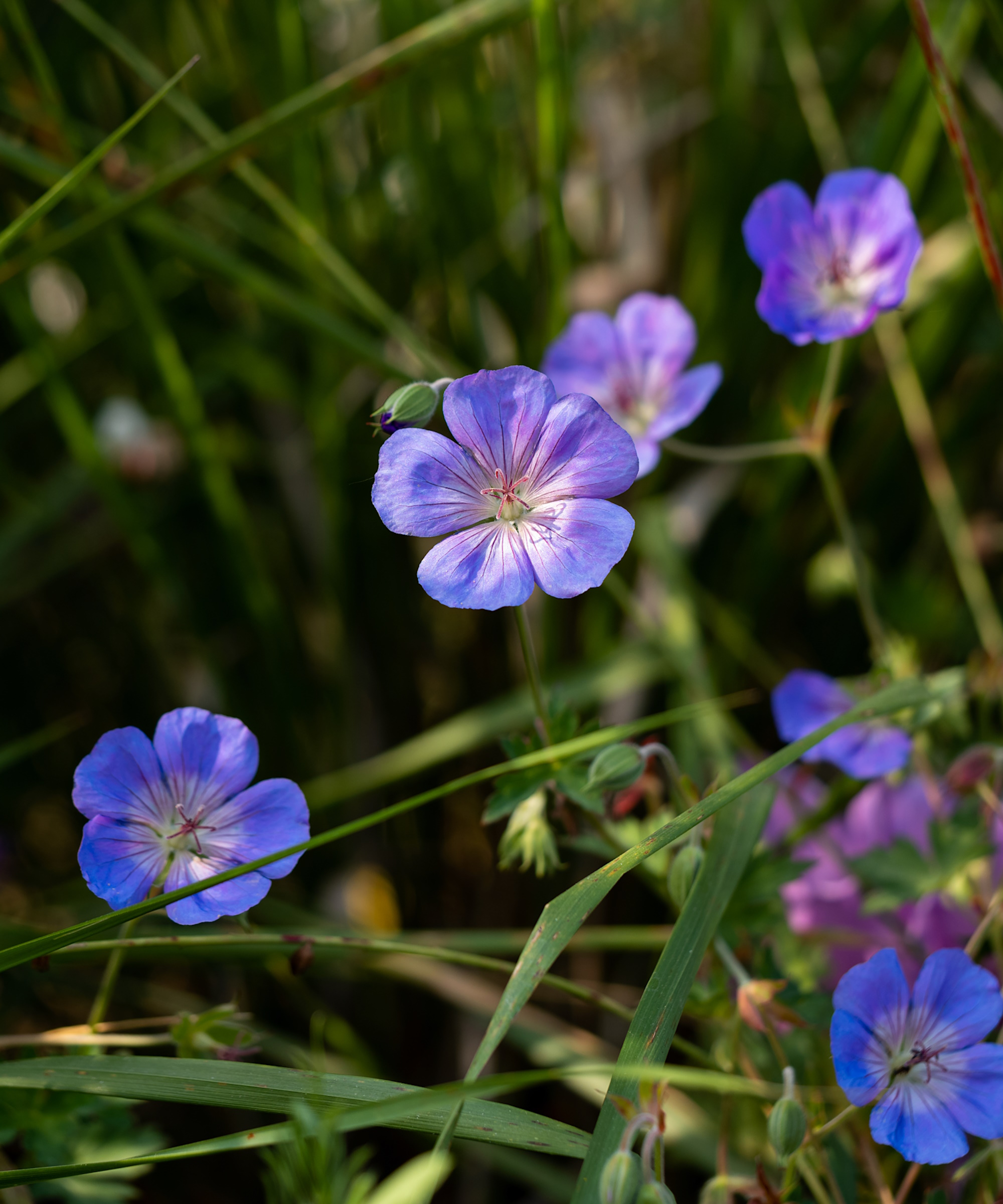
It might be surprising to know that a range of popular summer flowers can deter Japanese beetles - including a range of geranium varieties.
'Geraniums have also been found to repel Japanese beetles as their petals contain paralyzing compounds that can affect beetles for up to 24 hours,' explains Mariah. 'During this time, many of the beetles are killed as they are more vulnerable to predators such as birds and other insects,' she adds.
It's easy to grow hardy geraniums, especially in US hardiness zone 3 to zone 9. They need plenty of sunlight and preferably well-draining soil.
'They flourish in temperatures of 70-85°F during the day and lower temperatures between 55-65°F,' says Mariah. 'They should be taken inside or dug up during the fall and winter seasons due to their intolerance of colder temperatures.'
5. Marigolds
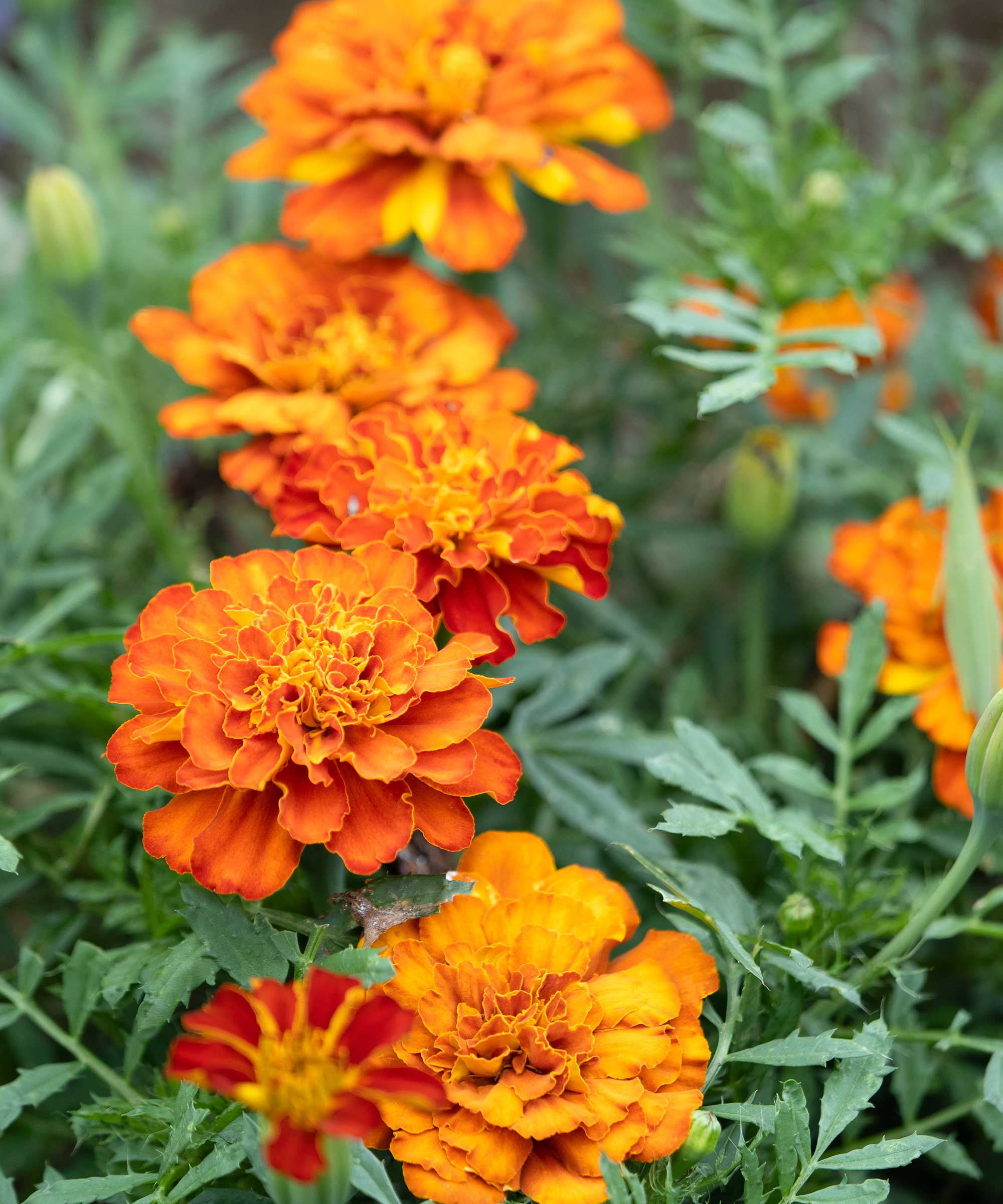
Another repellent flower and trusted pest control plant, marigolds are a secret weapon to keeping your vegetable garden pest-free. These bright yellow-orange bloom not only uplift your yard with beautiful florals but their strong, citrusy scent means that marigolds keeps bugs away.
'Plant marigolds in well-draining soil and place them in a sunny location. Regular marigold deadheading of spent flowers will encourage continuous blooming and maintain their effectiveness as a repellent,' says Jana.
Whether you grow marigolds in beds or grow marigolds in pots, they will thrive best across US hardiness zone 2 to zone 11. You can grow them from these marigold seeds from Walmart or this marigold grow kit from Nature Hills.
6. Catnip
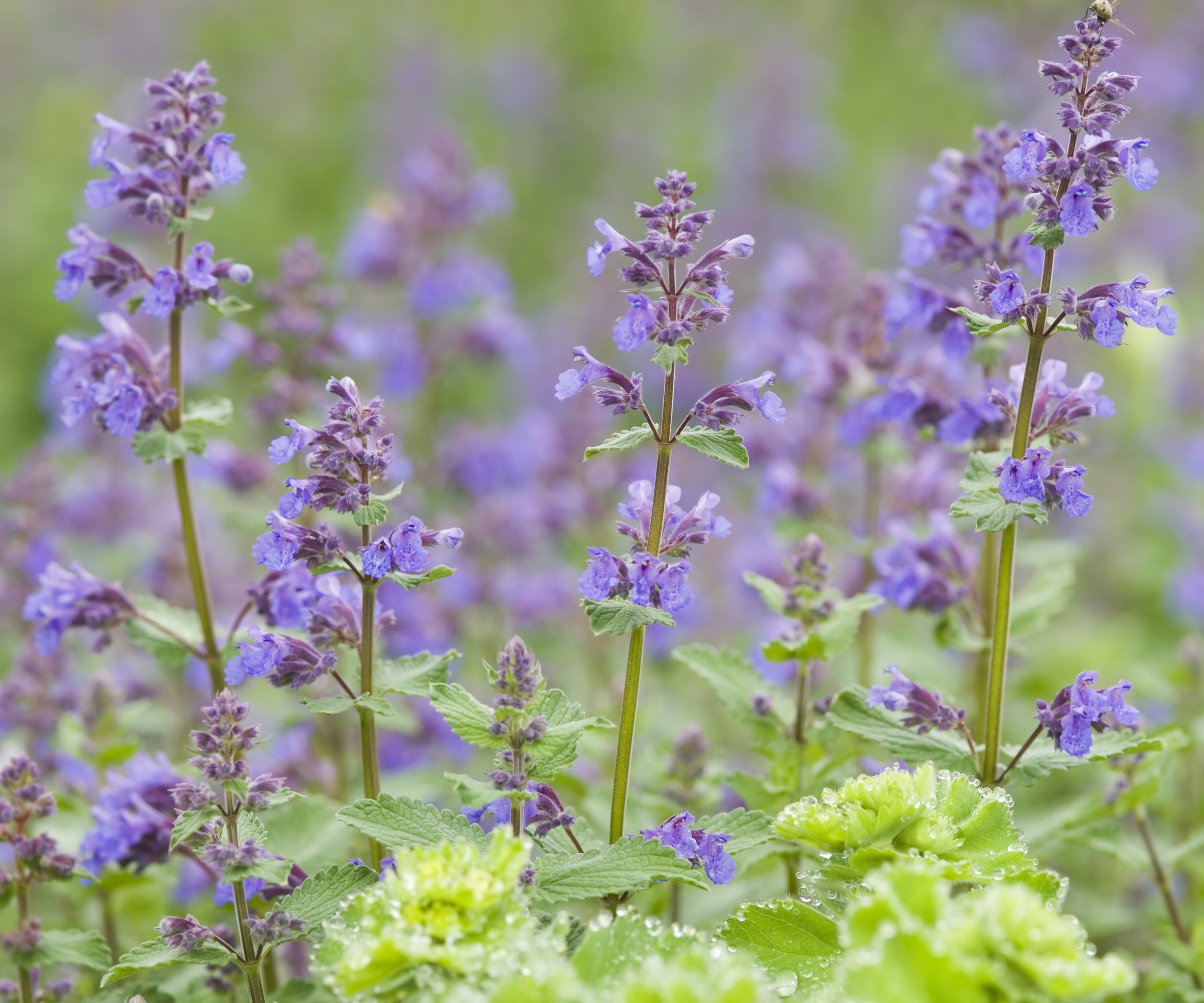
One for lovers of purple plants, growing catnip can be one of the best ways to protect plants susceptible to Japanese beetle damage. Mostly known for its calming effects on cats, like cat grass, catnip also produces charming blue-purple flowers from spring to fall.
'Catnip contains nepetalactone, a natural compound that's highly effective at repelling Japanese beetles,' explains Jana.
It's in the mint family and does best in sunny positions. 'Grow catnip in well-draining soil with plenty of sunlight. It's a hardy plant and can tolerate various conditions but prefers moderate watering,' says Jana.
Catnip is also an effective mouse-repellent plant and you can even use catnip spray, available at Amazon, as a repellent. This will also attract cats as a natural predator to a range of pests.
Find catnip plants online, like this Neptune Catmint from Nature Hills.
7. Magnolia

Another way to repel Japanese beetles is simply by opting for plants that aren't attractive to them. Magnolia trees and shrubs, for example, have tougher foliage that these critters dislike.
'Magnolias repel Japanese beetles with their tough leaves and flowers that are disliked by the insects. This is likely due to the fact that the beetles prefer softer and smoother plants that are easier to snack on,' says Mariah.
You can grow magnolia trees and shrubs in a sunny spot that has lots of warmth in spring and summer. 'The trees do best in more humid and warm climates with a slightly acidic soil that’s moist, yet free-draining,' notes Mariah.
Just take care to prune magnolia trees to keep them blooming for longer and encourage returning flowers in spring.
FAQs
Which plants do Japanese beetles eat?
Adult Japanese beetles like to feed on a range of fruit and vegetable plants, including asparagus, rhubarbs, grapes and a range of trees. Meanwhile, Japanese beetle larvae lives in soil and will feed on the roots of crops and grass.
You can grow many effective repellent plants to keep Japanese beetles at bay and protect your susceptible plants from damage. Try growing a range of repellent plants together to form a strong boundary, or choose them as companion plants for the plants you want to protect most.
If Japanese beetle larvae have left bare patches on your lawn, you might find our expert guide to repairing patches in grass helpful.

Tenielle is a Gardens Content Editor at Homes & Gardens. She holds a qualification in MA Magazine Journalism and has over six years of journalistic experience. Before coming to Homes & Gardens, Tenielle was in the editorial department at the Royal Horticultural Society and worked on The Garden magazine. As our in-house houseplant expert, Tenielle writes on a range of solutions to houseplant problems, as well as other 'how to' guides, inspiring garden projects, and the latest gardening news. When she isn't writing, Tenielle can be found propagating her ever-growing collection of indoor plants, helping others overcome common houseplant pests and diseases, volunteering at a local gardening club, and attending gardening workshops, like a composting masterclass.
